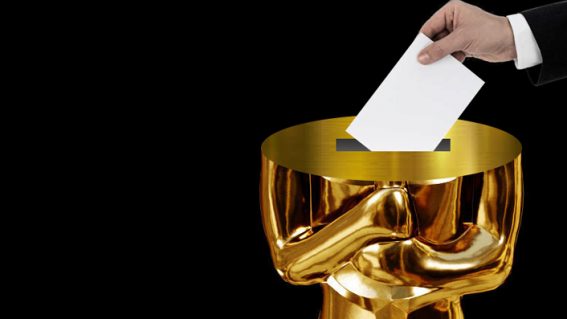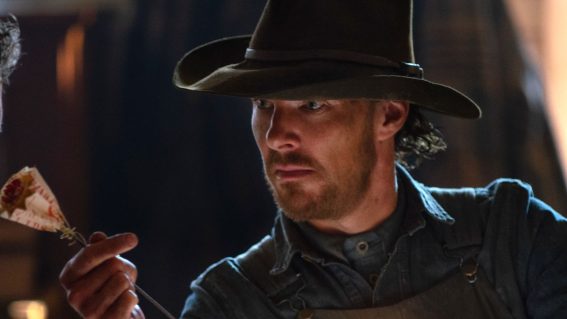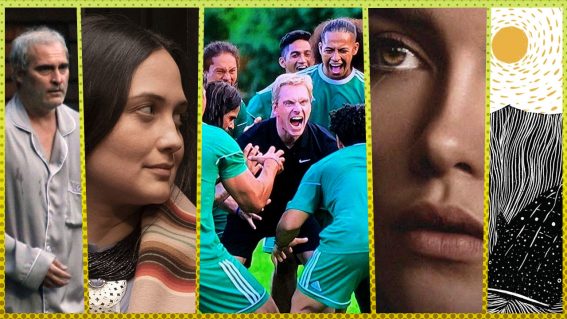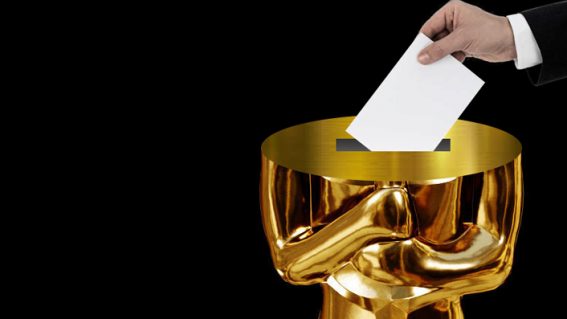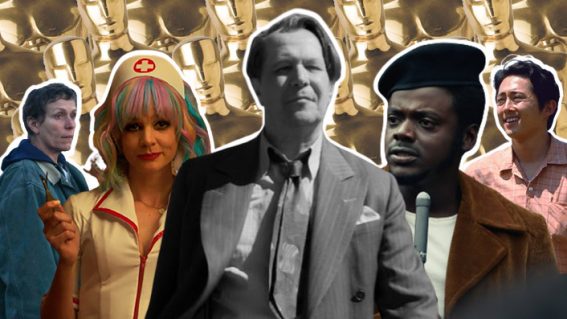Why The Worst Person in the World is one of the most talked-about movies of 2022
An incredibly sweet Oscar-worthy film? Or one deserving of harsh assessments?
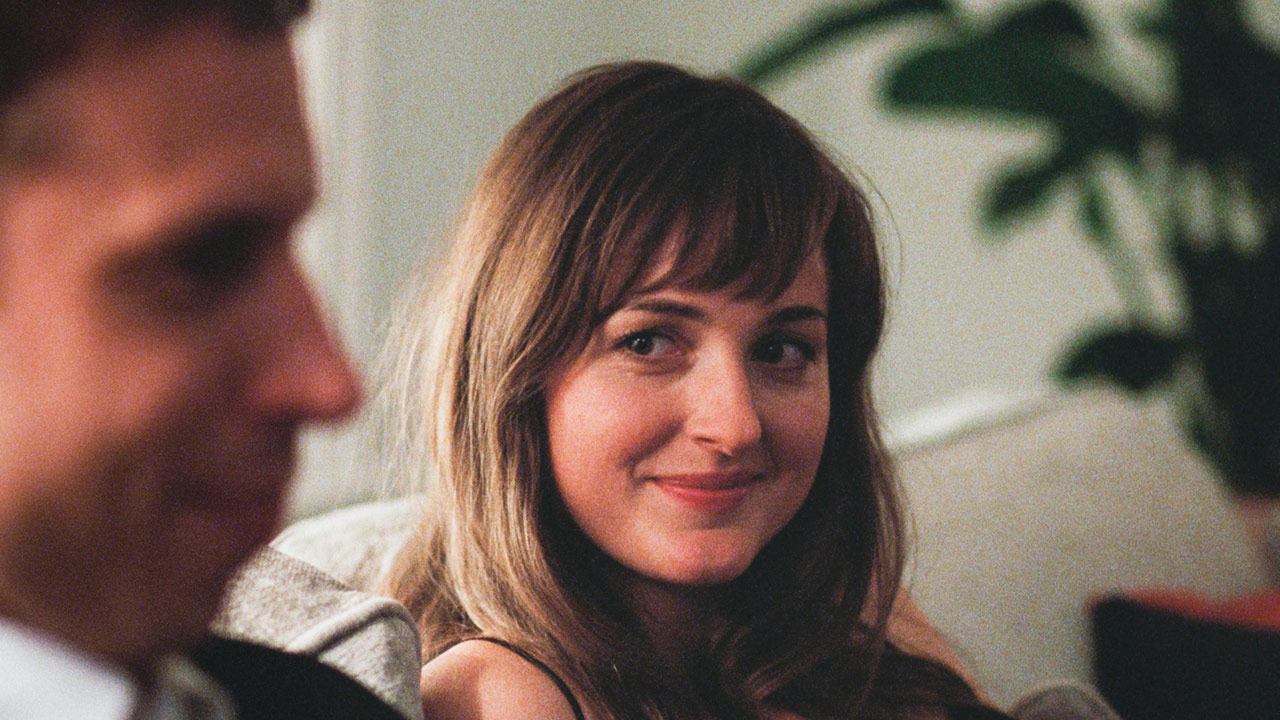
A Norwegian romantic dramedy isn’t the most likely type of film to cause fever-pitch chatter – but that’s exactly what has happened with The Worst Person in the World. Katie Parker dissects just what it’s all about.
It’s been a big few months for The Worst Person in the World.
Making its debut at the 2021 Cannes film festival (where Renate Reinsve scooped up the award for Best Actress for her performance in the lead role) the film, directed by Joachim Trier, has spent much of last year gathering quiet yet mounting buzz—buzz which, with the film’s release internationally, has now reached the kind of fever pitch not usually surrounding Norwegian romantic dramedies.
It earned top spots in all the end of the year lists. It was described as “exquisite” by Vanity Fair. It got nominated for two Oscars! Most excitingly, it just about ended Dakota Johnson, who gave it the kind of ringing endorsement that money just can’t buy: “It’s so brilliant and it wrecked me. I was crying in a way that was like, weird. I don’t remember the last time I wept in a film.”
Yet with all this palaver, it still seemed odd that this gentle Euro tearjerker had become such a big hit. With its teasingly hyperbolic title, capricious heroine and singular focus on the ups and downs of relationships in your thirties, it’s a surprising rollout for a film of its kind: small, simple and sweetly romantic. So why is The Worst Person in the World already one of the most talked-about movies of 2022?
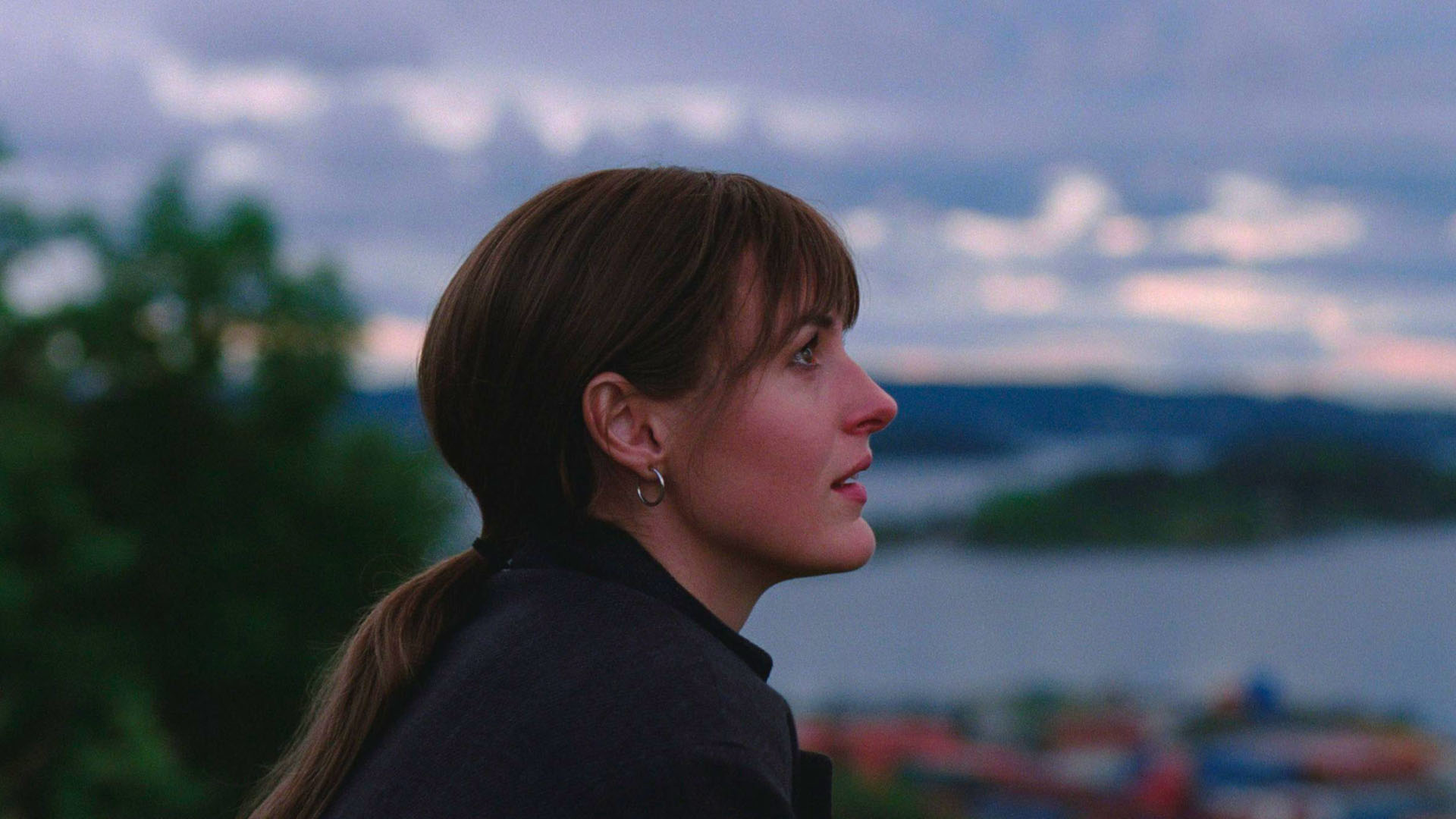
Told over 12 chapters (as well as a prologue and epilogue), The Worst Person in the World follows Oslo woman Julie (Reinsve) for around four years of her life, charting her transition from her twenties to her thirties. Narrated in curt voiceover by an unseen, unnamed storyteller, over the course of these years, Julie has a kind of late in life coming of age—one which revolves around two romantic relationships.
The first of these is with Aksel (Anders Danielsen Lie), an acclaimed graphic novelist a decade or so her senior; the second is with Eivind (Herbert Nordrum), a fellow millennial with whom she shares an unforgettable meet-cute—one so unforgettably cute, in fact, that it upends her whole life. Meanwhile she still doesn’t know what she’s doing with her career, whether or not she wants to have children, or who she really loves.
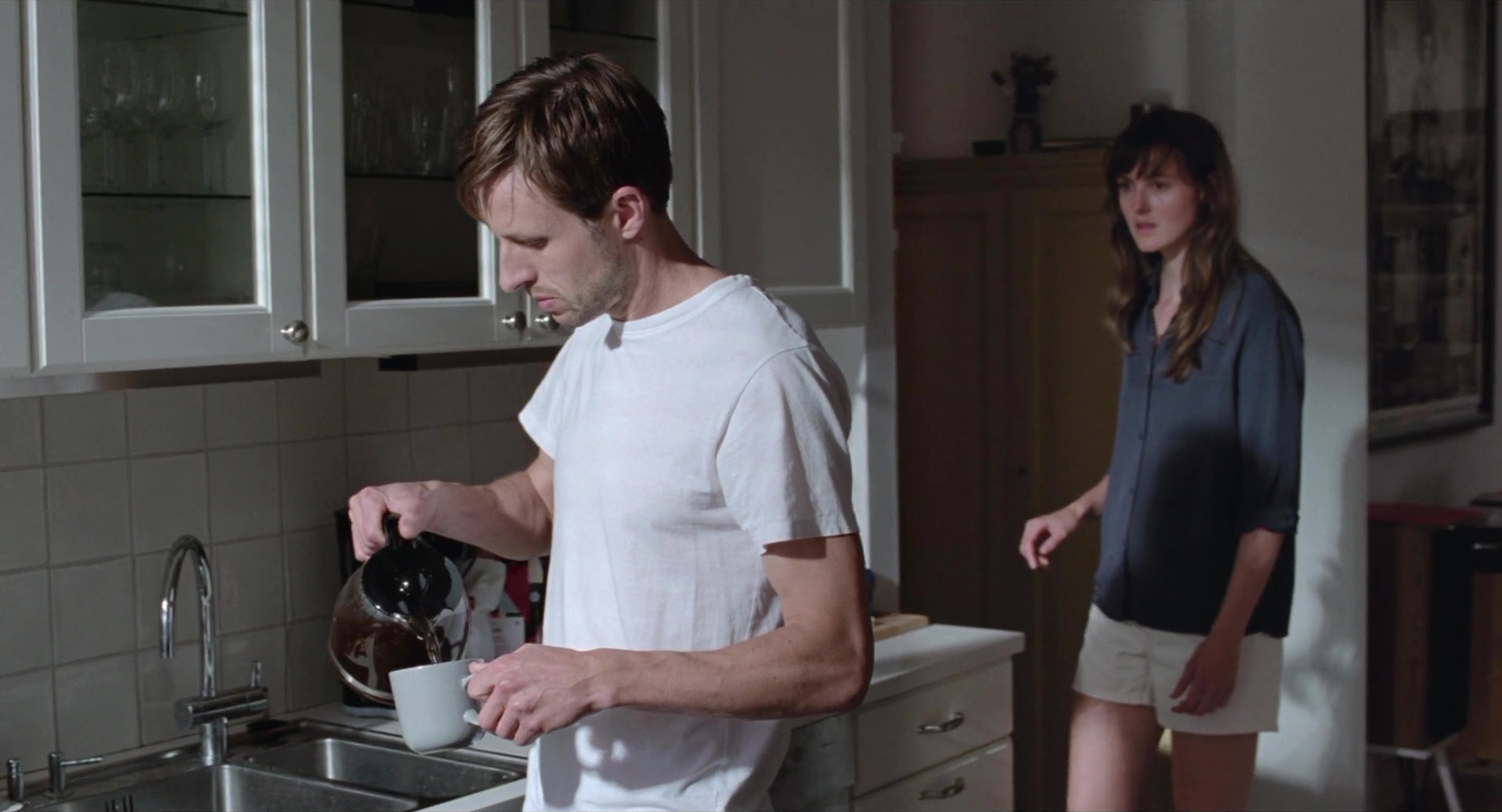
To say more than this would give away too much—because, superficially at least, this straightforward hetero love triangle is more or less where Trier’s pic starts and stops. Who and what will Julie choose for herself? Can she, on the cusp of her thirties, finally figure it out? Is she really the worst person in the world?
Yet, however conventional it may sound, there is greater depth and drama here than a quick plot summary could convey. Funny, weird, and absolutely beautiful to look at, it is also achingly sad in a way that left me as winded as Dakota Johnson promised.
But is it worthy of the praise that has been heaped on it? Or of the inevitable backlash that such a hyped up film typically attracts (one that has arguably already begun with the New Yorker’s Richard Brody labelling the film a well-acted “sham”)?
It’s a harsh assessment of a film that has otherwise been almost universally acclaimed—but, once you wipe away the tears, it’s not impossible to see what he means.
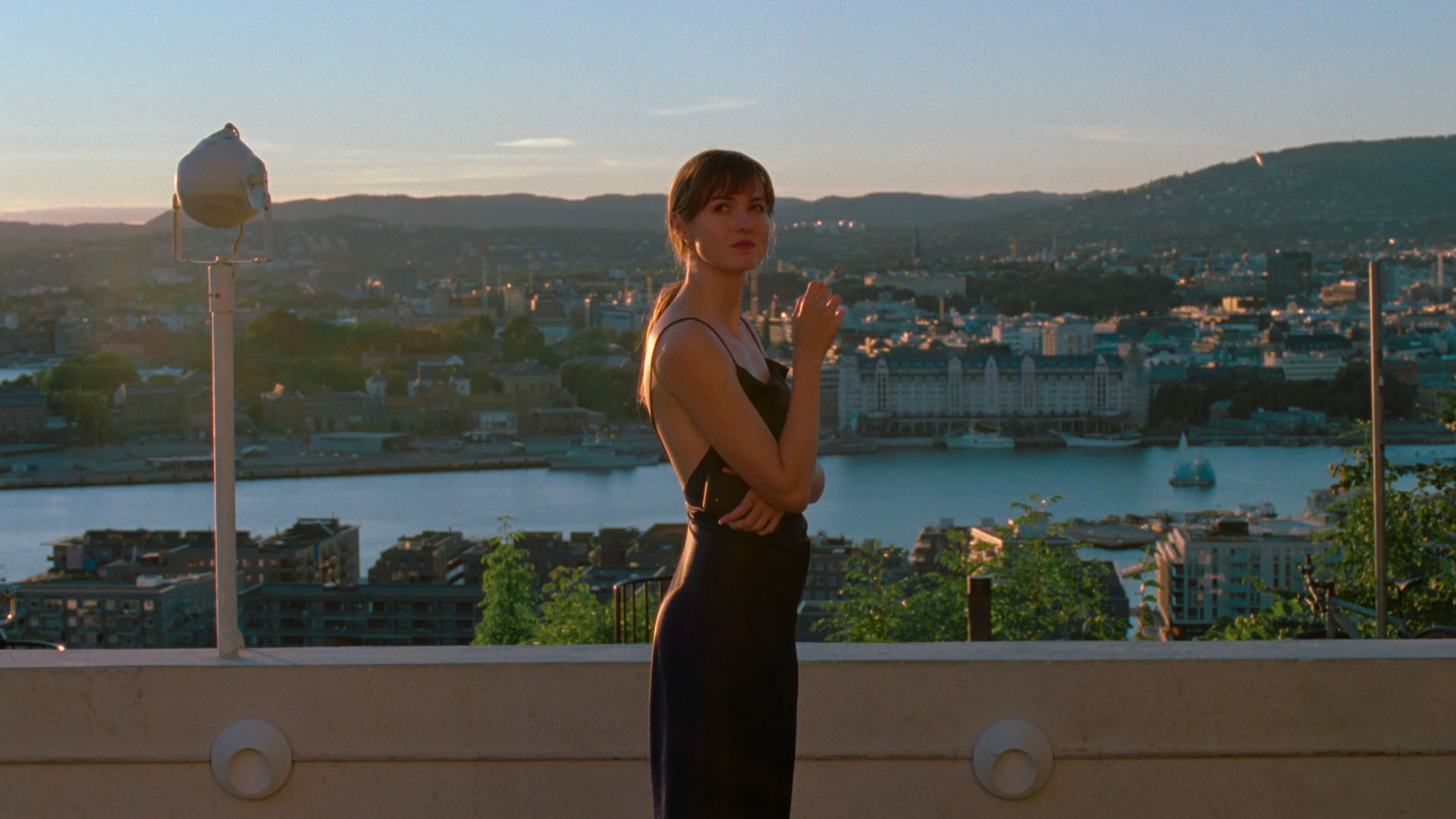
Julie, as a character, is wishy washy by very definition. Unsure of herself, her motives and her dreams, her one steadfast characteristic is being boy-crazy. Going from relationship to relationship, she doesn’t even seem to have a social life outside of her partners and her family. It seems safe to say it probably wouldn’t pass the Bechdel test.
Brody particularly takes issue with the film’s lack of interest in Julie’s life outside of her romances. Indeed, while she is introduced as a bright but flighty girl incapable of picking a professional path, Julie’s career trajectory is more of a backdrop than a plot point. With such a strong focus on coupling, is there really as much depth here as there seems?
Yet, I would argue, that it is because of the film’s singular focus on romantic love—not in spite of it—that the film has enchanted so many. Casting aside the now ubiquitous touchstones so many modern romantic comedies employ to subvert traditional narratives, Trier embraces a much simpler idea—that now, more than ever, our love lives really are important.
As such, while The Worst Person in the World may seem hyper-contemporary on the surface, on closer inspection there is actually something vaguely retro about it. For better or for worse, none of Julie’s shenanigans are politicised, and Trier makes little attempt to engage with class or gender or economics, or any of the other super-serious issues usually embedded in every piece of content we consume. Instead, via romantic love, he ruminates on topics a little less concrete: the passing of time, the melancholy of ageing, and why we make the choices we do, when we have so many options to choose from.
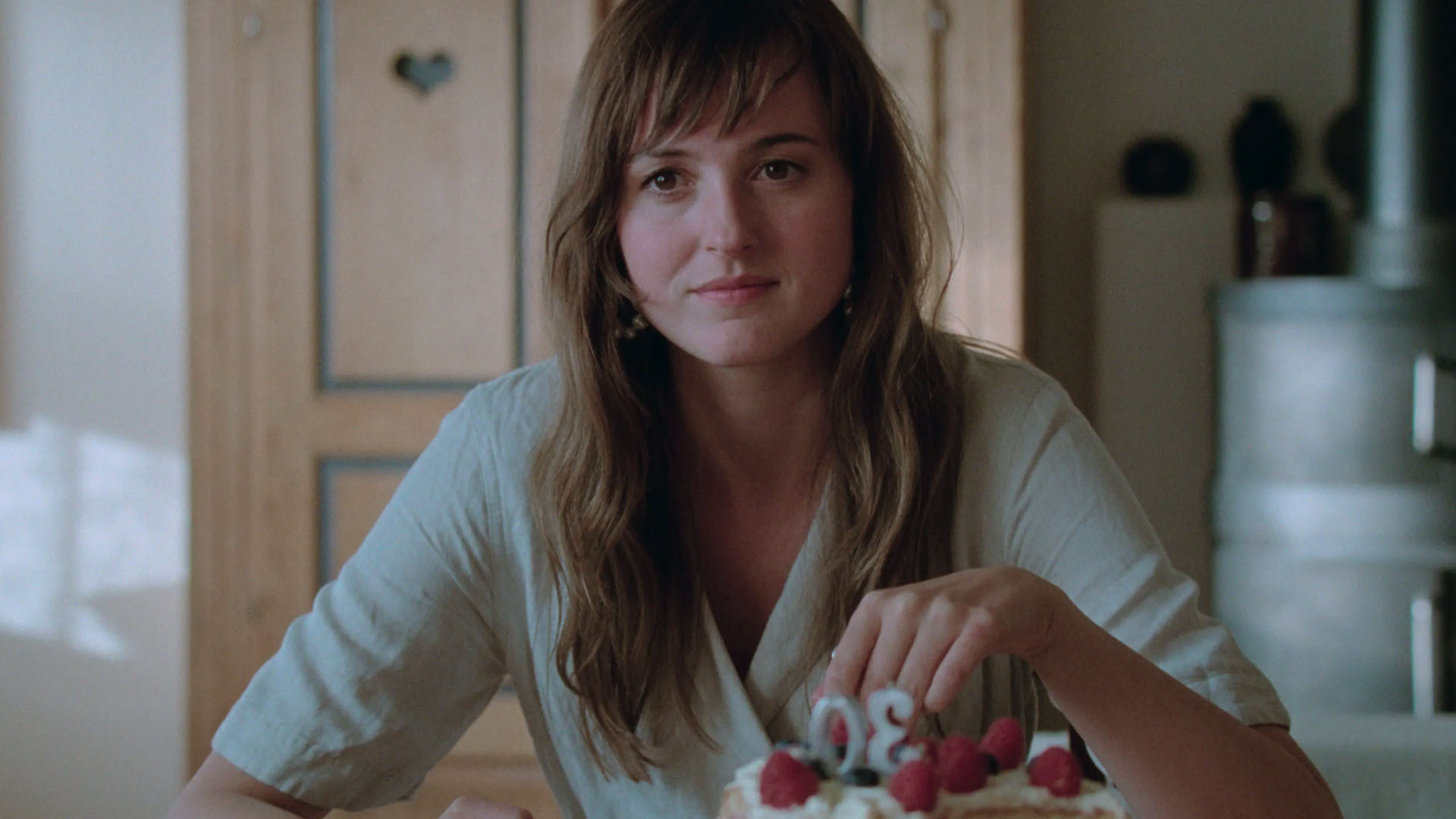
Millennials like Julie are, in particular, just now becoming acutely aware of these things—and it need not be taboo to imagine that decisions like who to love and whether to procreate are as important, if not more, than being a girl boss in the office. As it becomes clearer and clearer that many of her peers have spent the last decade becoming parodies of themselves, what could matter more than the small, intimate, personal part of one’s life that no one else is privy to? Rather than flaws or oversights, I felt that these are questions that The Worst Person in the World is consciously, deliberately asking—and that, for many viewers, their own answers will inform their interpretation, and indeed enjoyment, of the movie.
What remains uncontroversial, though, is the utter loveliness of Reinsve—and the extent to which this is able to successfully patch over any of the flaws from which the film may be suffering. Sweet faced and frequently rosy cheeked, with an idiosyncratic beauty that no filler could ever replicate, her onscreen presence is undeniable, and utterly magnetic. Danielsen Lie and Nordrum too are excellent, with Danielsen Lie delivering the kind of quiet, heart-wrenching performance that left me reeling.
Wry, devastating and the best advert for Norwegian tourism in years, the film—which is also the conclusion to Trier’s “Oslo Trilogy” (the first two entries being 2006’s Reprise and 2011’s Oslo, August 31st)—is a shimmering, simple and incredibly sweet film laden with melancholy. It more than earns the hubbub surrounding it.









